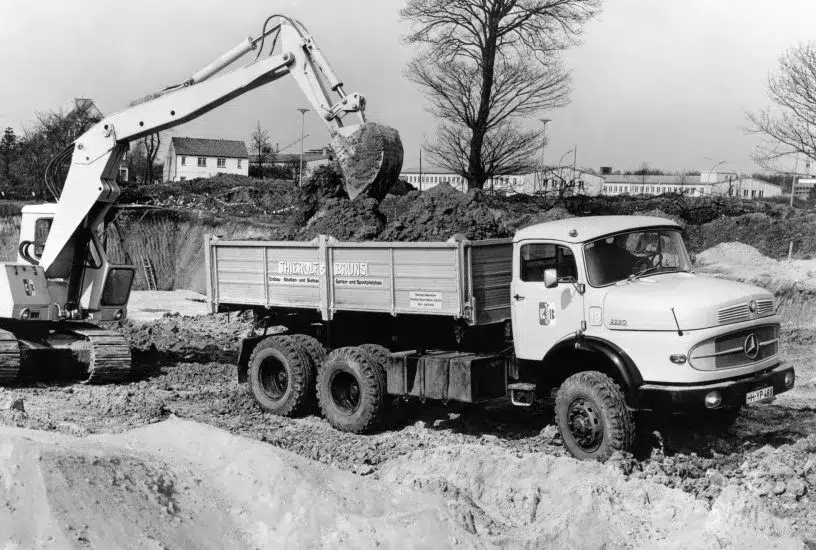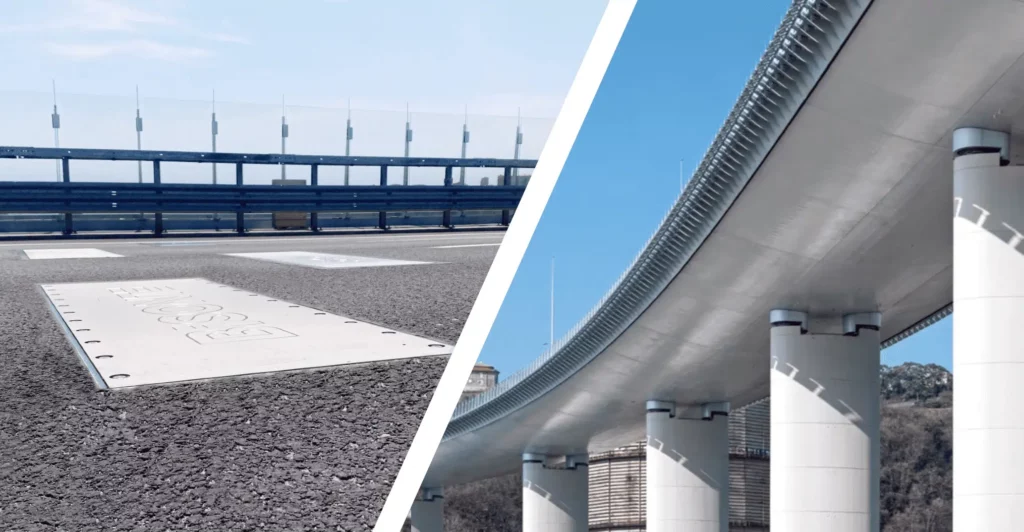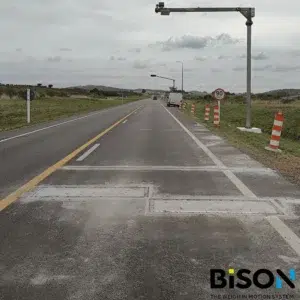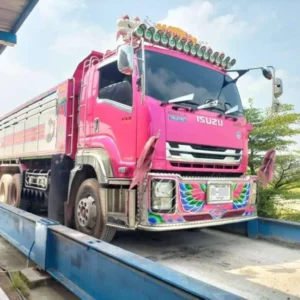70 Years of Innovation in Weigh-In-Motion
Over the past seventy years, vehicle weigh-in-motion (WIM) has undergone extraordinary evolution, significantly contributing to traffic management and the protection of road infrastructure. The beginning of this revolution dates back to the 1950s when Clyde Lee in the United States developed the first WIM system. However, the foundations of dynamic weighing go even further back in time.
The First Weigh-In-Motion Technologies
Weigh-in-motion stems from the need to measure the weight of moving vehicles without interrupting traffic flow. Throughout history, various technological solutions have been developed and improved to meet this need.
1930s - The First Studies on Weigh-In-Motion
In the 1930s, the first weigh-in-motion experiments were conducted in the United States and Europe, using mechanical and hydraulic technologies to measure the weight of vehicles on roads and bridges. However, these systems proved to be imprecise and difficult to integrate into existing road infrastructure.

1953 - Quartz Sensors
In 1953, the first quartz sensors, originally developed for military applications, were introduced. These sensors were based on the piezoelectric property of quartz to measure applied weight. Their main advantage was precision in static and dynamic measurements, but their fragility and high cost limited their diffusion.
1960s - Piezoelectric Sensors
In the 1960s, piezoelectric technology became increasingly popular for weigh-in-motion. The adoption of piezoelectric materials improved the ability to detect weight at higher speeds, an essential aspect for high-traffic roads. However, these systems were very sensitive to temperature variations and required frequent calibrations. Furthermore, they could not be reused after road resurfacing.
1970s - Strain Gauges and Load Cells
In the 1970s, strain gauge sensors and load cells began to be used in weigh-in-motion. These systems offered greater robustness and durability compared to previous solutions. Load cells, in particular, provided more reliable measurements over long periods, but their use was complex and maintenance costly.
1980s - Expansion of WIM Applications
In the 1980s, with the increase in commercial traffic and road transport, WIM technologies began to be implemented more widely for traffic regulation purposes. Countries such as France, Germany, and the United States launched infrastructure monitoring programs to prevent premature road deterioration.

1990s - Advanced Electronic Systems
In the 1990s, the development of more sophisticated sensors and advanced data acquisition systems significantly improved the accuracy of weigh-in-motion. New generations of piezoelectric and strain gauge sensors made it possible to collect more accurate data, with less need for maintenance compared to the first versions.
The Evolution of Weigh-In-Motion Applications
With the progressive increase in traffic and the need to protect road infrastructure, WIM systems have been implemented in various areas:
- Vehicle load regulation: to prevent road damage and ensure safety.
- Heavy traffic management: to monitor commercial vehicle flows and optimize circulation.
- Automatic violation control: to identify overloaded vehicles and improve compliance with regulations.
- Road maintenance planning: to identify areas subject to accelerated wear and reduce repair costs.
Recent Innovations: Fiber Optic Sensors
Starting in the 2000s, research in the sector led to the experimentation of new technologies based on fiber optic sensors. These systems, initially used in aerospace and telecommunications, have been adapted to weigh-in-motion to improve environmental resistance and operational durability. Compared to previous technologies, fiber optic sensors have the advantage of being less influenced by temperature variations and having greater longevity. Furthermore, their use reduces the need for frequent calibrations and simplifies integration with other traffic monitoring systems.

The Future of Weigh-In-Motion
The evolution of weigh-in-motion will continue to follow technological progress, with the aim of improving measurement accuracy and reducing management costs. The integration with artificial intelligence and big data systems will allow for increasingly precise traffic monitoring, contributing to better management of road infrastructure and user safety.




